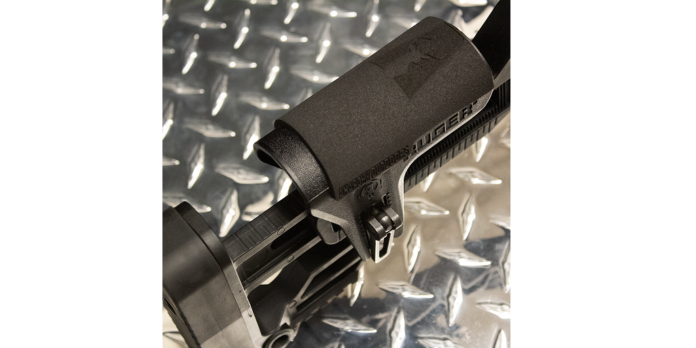A scope can cost as much as a rifle. In fact, a scope can cost more than a rifle, and in some cases, comfortably.
Some buyers can get so caught up in variable magnification settings, fog-proof features, and low-light settings that when it comes time to shoot, they can lose sight (pun intended) of a very important factor that significantly impacts accuracy: eye relief.
Here’s a high-level view of what you need to know.
What Is Eye Relief?
Simply put, eye relief is the distance between your eye and the optic. Improperly setting eye relief – on either end – can drastically throw off your sight picture and accuracy.
If your eye is too close to the rifle scope, the sight picture will be fuzzy and crowded. If your eye is too far back, a black circle will appear around the sight picture and the magnification will be adversely impacted.
Another problem with eye relief that is too short is, if you have to hunch over and lean into your scope, when you shoot, you may walk away with “scope eye.” You can imagine what this is.
Proper eye relief will be determined by the manufacturer’s specs – it’s not the same for every scope. There are two main classes of eye relief, though; standard, which is between 3.5 and 4 inches, and long eye relief, which is beyond 4.5 inches.
In addition to finding the proper eye relief, it’s also critical that your comb height is properly adjusted for your face shape and dimensions.
If your cheek is not squarely rested on the stock’s cheek rest and your eye is too far over to the right or left of the scope – or for that matter, too high or too low on the comb, you may experience something called parallax distortion.
You can easily observe parallax distortion. Detach your rifle scope and look through it at an object in the distance; either move the scope around in a circle or move your head. The reticle will appear to shift or “swim” around inside the tube.
This is parallax, and it changes the entire sight picture. Under a situation in which there is parallax distortion, the shooter’s “point of aim” (according to the reticle) is on a different plane from the target.
That is, the reticle appears to be aligned with a target, but the bore is not. Parallax can cause egregious misses.
So it is therefore essential to ensure not only that eye relief is adjusted properly, but that your head is properly set on the stock to eliminate the risk of parallax distortion.
What You Can Do to Set Eye Relief Properly
There are two main adjustments you can make to set eye relief and eliminate parallax issues.
● Adjust the scope
Adjusting your scope is the easiest way to set eye relief. Find the spot at which your cheek rests comfortably on the stock, then loosen the scope rings and slide the scope forward or back until the sight picture is clear, bright, and full, is not fuzzy, and there is no black halo around it.
Retighten your scope rings and take the rifle to the range, you will need to re-zero it again after adjusting the scope.
● Install a rifle cheek pad to improve comb height and comfort
If comb height is not properly set and you are experiencing a parallax distortion when you look through the scope, either adjust the comb height or get a rifle cheek pad. A rifle cheek pad like the Caparison cheek pads available online at Anarchy Outdoors is a great bet. They are made of precision-cut, closed-cell EPDM foam that will not absorb gas and moisture, and resist compression and collapse.
Then get to the range and sight it in.


